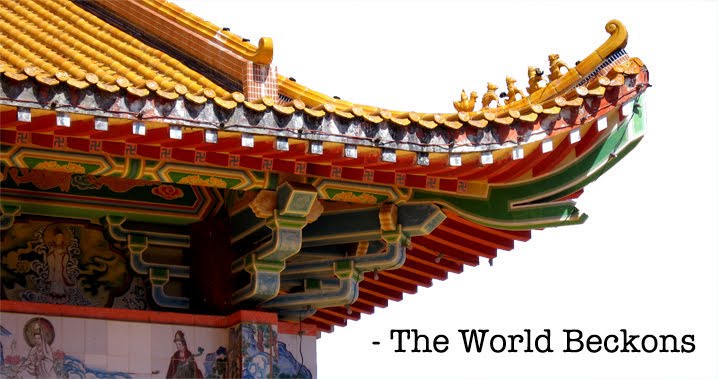 |
| Sentries past. |
The looming facades of Castillo San Felipe del Moro and Castillo San Cristobal — the largest Spanish fortification in the New World — have been chipped by years of defence and conquest, salt air and earthquakes. Built between the 16th and 18th centuries, they still stand proud.
As strong as you are, though, you’re bound to show your age eventually.
The two UNESCO World Heritage Sites are punctuated by domed sentry boxes at angular corners and dark tunnels that once carried troops to cannon posts atop the forts. As closing time approaches, the parade ground stands still.
I stand, at the centre, history pages flipping through my mind.
 Rays sparkle on the waves like lit gunpowder. Blue cobblestone streets flow through the old town as though the dark depths of the sea have washed over them and never receded. The distinctive bricks, now worn and cracked, were made from furnace slag once used as ballast for Spanish ships.
Rays sparkle on the waves like lit gunpowder. Blue cobblestone streets flow through the old town as though the dark depths of the sea have washed over them and never receded. The distinctive bricks, now worn and cracked, were made from furnace slag once used as ballast for Spanish ships.You’re literally walking on colonialism.
Heavy bass thumps from an apartment above as a dreadlocked man dances on the balcony. Below, tourists line up for the local delicacy, mofongo.
Today, Spanish influences remain in the architecture, colourful tile and wrought iron balconies. Various cultures are reflected in the food and the music.
Puerto Rico may be American.
But in so many ways, it's not.

No comments:
Post a Comment